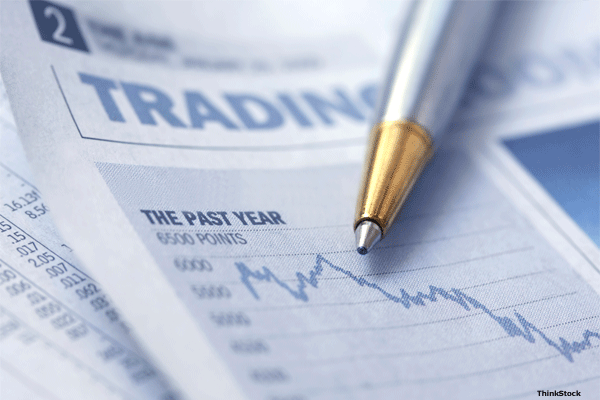Do Your ETF Dividends Qualify For the 15% Rule
Post on: 16 Август, 2015 No Comment

Herb Morgan (Efficient Market Advisors, LLC ) submits: Often confusion exists about the 15% dividend rule for qualified dividends. The important adjective here is “qualified”. There is some misunderstanding floating about relating to the qualified nature of dividends passed through to ETF shareholders. Further, not all ETFs are created equal when it comes to low tax rate dividend distributions.
To qualify for the 15% (or 5% for those in the lowest tax brackets) federal income tax rate, dividends must be issued by domestic corporations or qualifying foreign corporations. In order to qualify for the lower tax rate you must have held the security in question at least 61 days out of the 121 day period that began 60 days before the ex-dividend date. The rules get more complicated for preferred stock. From these rules confusion has developed for some ETF investors.
One mistake is to assume interest passed through to holders of fixed income ETFs such as iShares Lehman Aggregate Bond Fund (NYSEARCA:AGG ) or iShares Goldman Sachs Investment Top Corp Bond Fund (NYSEARCA:LQD ) is a “dividend” because the fund trades as a stock. Owners have expressed surprise when they receive their year end 1099 statement from the brokerage firm holding the shares and find out bond interest is in fact, still bond interest.
It’s easy for investors who held their dividend paying equity ETF the requisite period to mistakenly assume their distributions qualify for the favorable tax treatment. Caveat Emptor! The rules apply to each individual holding of the fund, and of course the fund’s tax liability is passed through to you. In order for you to get favorable tax treatment, the shares of stock must be held by the fund according to the stated rules, have been distributed to you AND you had to hold the shares of the fund for at least 61 days out of the 121 day period that began 60 days before the fund’s ex-dividend date. Confused yet?
For investors who have held some of the original ETFs for years, it may be a surprise to learn that not all dividends are qualified for the 15% federal tax rate regardless of the shareholder’s tenure with the fund.
Other Exchange Traded Funds have performed more admirably:
As traditional indexes have been licensed and snatched up by the larger market share ETF providers such as Barclays, State Street, and Vanguard, upstarts such as tiny pink sheet listed WisdomTree Investments (WSDT.PK) have been getting into the game marketing new ETFs based on indexes of dividend paying stocks.
The WisdomTree prospectus discloses the dividend holding period requirements but does not address the issue of how that rule might affect early owners as the fund experiences rapid percentage growth in assets during its early years. (As the fund grows it will have a fair amount of recently purchased equities.)
PowerShares says its PowerShares High Growth Rate Dividend Achievers Fund (PHJ) launched September 2005 had100% of its dividends in 2005 treaded as qualified.














